Last updated: 3 months ago
Lisān al-‘Aarab (لسان العرب), the famous dictionary of Classical Arabic, contains 9273 roots (and 4,493.934 words). A huge playground for people who are passionate about Arabic such as...
Omar Mahmoud Safa
عمر محمود صفا
The man who turns Arabic letters into beautiful art.
- Date of birth: 15th January, 1979
- Place of birth: Libya
- Place of residence: Dubai
- Website: www.omarsafa.com or www.fluidbrandmakers.com
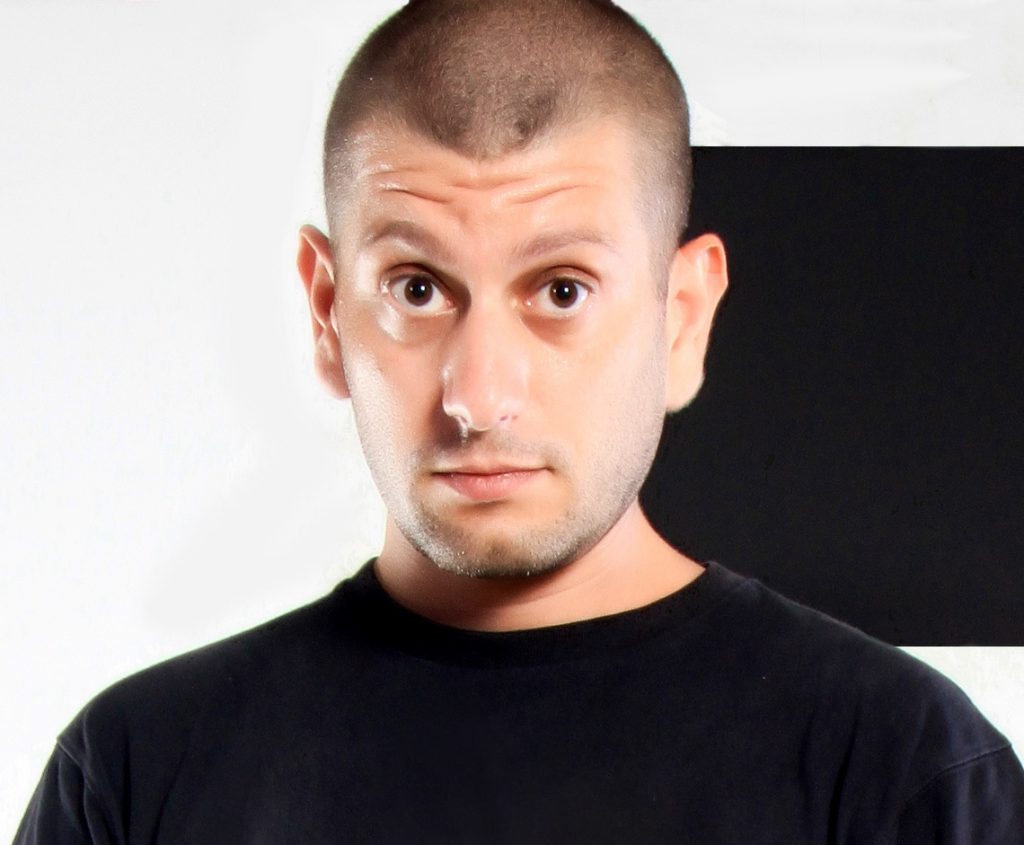
photo credit: Omar Safa
How would you introduce yourself to someone who doesn't know you?
I am a designer at heart, started in graphic design at AUB (American University Beirut) and ran my creative agency for 15 years.
During which I started calligraphy, product design with calligraphy. With an artistic passion on the side, I also started inking tattoos, mostly in Arabic Calligraphy.
What was your first Arabic grammar book?
Suffice to say, I remember better the grammar than the book.
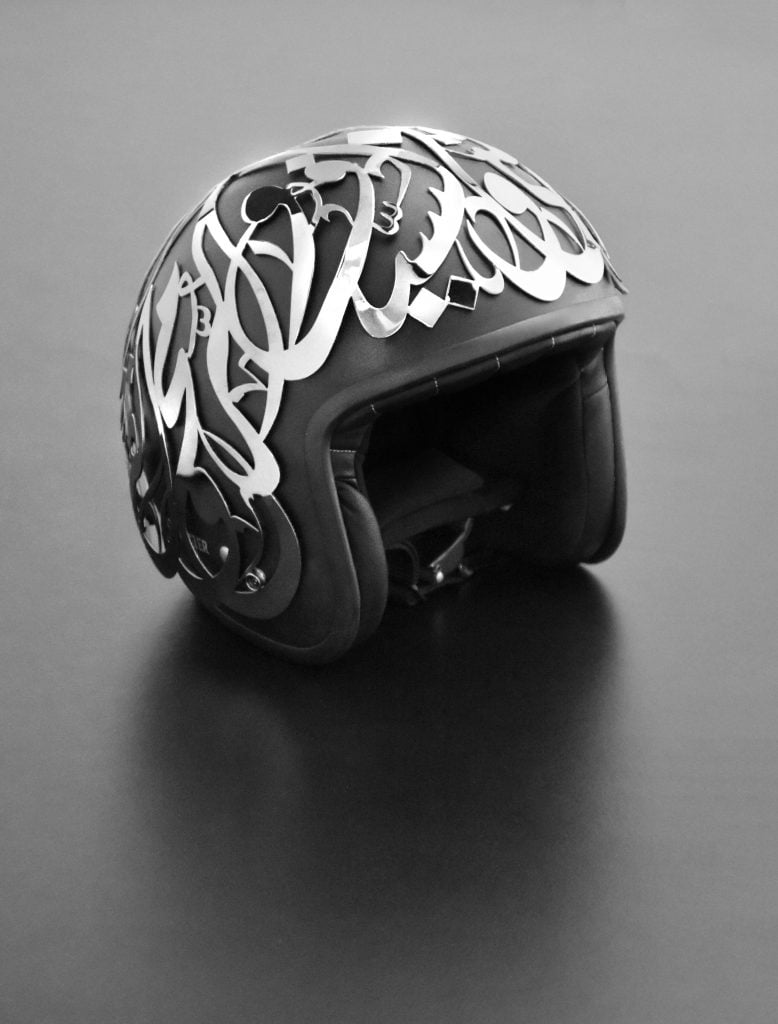
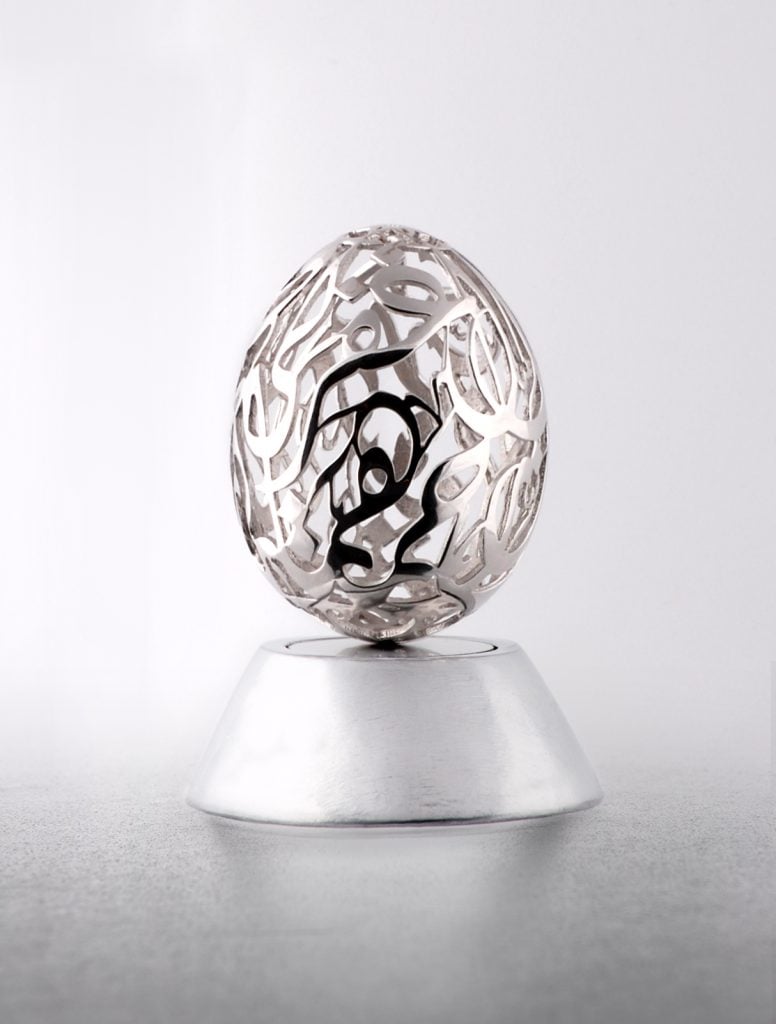
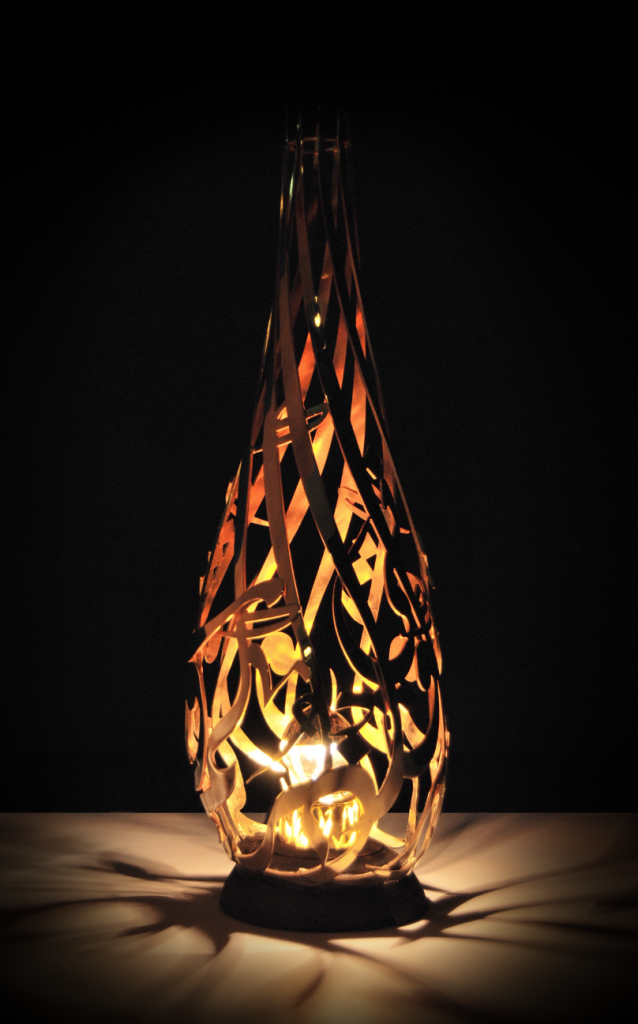
Examples of Omar's outstanding work – you can see and buy his art on his website www.omarsafa.com.
What is your favorite Arabic book (novel, etc.)?
I like the The Prophet by Jubran Khalil Jubran. Always good material in there for my calligraphy.
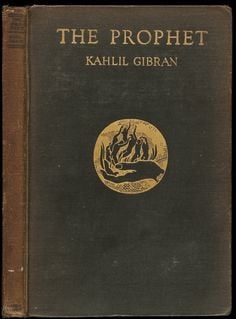
Jibran Khalil Jibran (جبران خليل جبران) was a Lebanese-American writer and poet (1883-1931). The Prophet is his most famous work. It is a book of 26 prose poetry fables written in English. It is one of the most translated books in history.
What is the story? The prophet, al-Mustafa, has lived in the city of Orphalese and is about to board a ship to go home. He is stopped by a group of people, with whom he discusses topics such as life, love, freedom, pain, friendship, etc.
We are a participant in the Amazon Services LLC Associates Program, an affiliate advertising program designed to provide a means for us to earn fees by linking to Amazon.com and affiliated sites.
How much time does a native speaker of English need to master Arabic?
Arabic is a unique, grammatically logical, heavy on the tongue language. Compared to English's 200 thousand words, Arabic word count is in the millions. There is a Formal Arabic shared by the Arab nations, and each its own colloquial version.
Having said this, and only to demonstrate the source of my love for the Arabic Language and its richness, I encourage people to delve into such an endeavor. Learning Arabic is a fun, mind blowing experience, and my friends got fluent in a year or two.
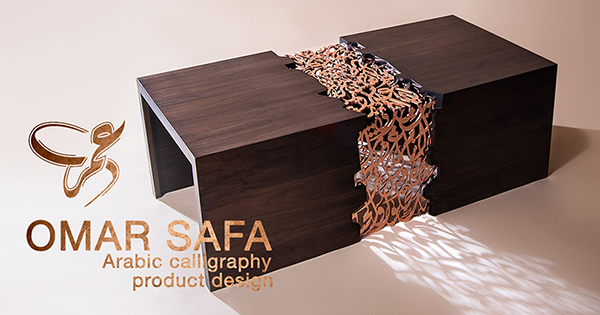
Photo credit: Omar Safa
What is your favorite Arabic word?
Arabic is also known as the language of ض. Because it contains a unique letter not found in any other language: the letter Ḍād. A heavier than usual letter D. A lovely word is Dawdaa, ضَوْضاء which is a derivative of light, but means noise.
Which Arabic word do you like least?
The word خِزْي which means shame.
Which Arabic dialect do you like best?
Arabic is concise by nature. The Algerian dialect has found a magical way to do it even more so, by dropping the pronunciation of the vowel sounds.
What is your favorite Arabic colloquial word or expression?
Yalla! ( يلا) – Let's go!
What is your favorite Arabic quote or proverb?
.خُذُوا كُنُوزَكُمْ وَكُلَّ ما تَمْلِكُونَ فَهِيَ لَيْسَتْ تُعْنِينِي وَاتْرُكُوا لِي الْحَرْفَ لا شَيْءَ غَيْرَهُ يُغْنِينِي
It means, take your valuables and possessions, they do not concern me, leave me the written letter, nothing else enriches me.
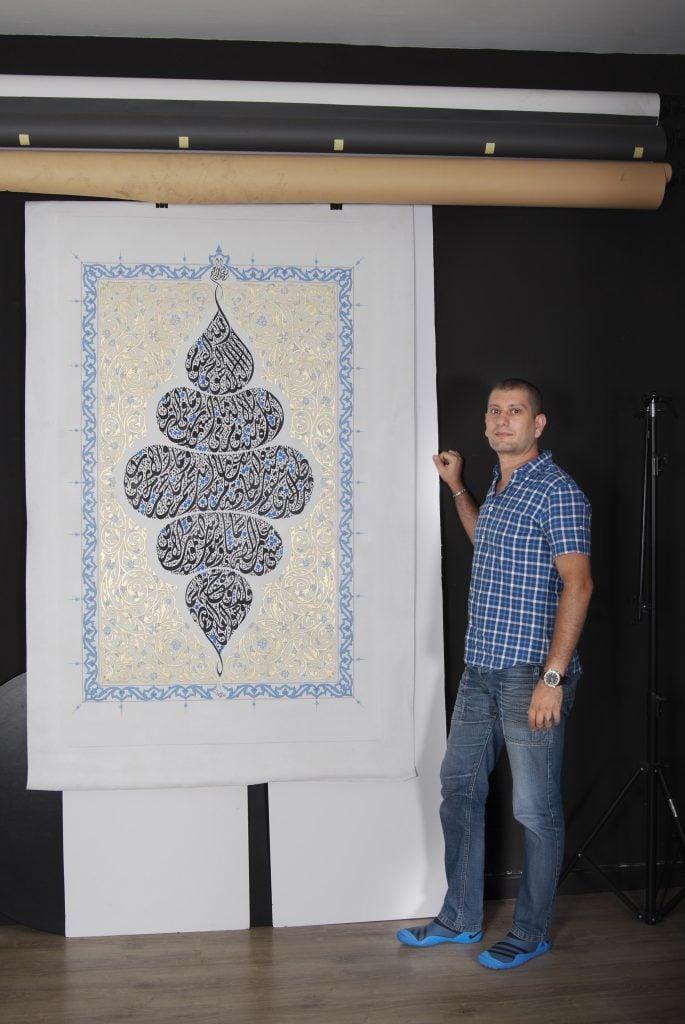
photo credit: Omar Safa
What is the best thing that was ever said about the Arabic language?
It's a marathon, not a sprint.
My Arabic Literature teacher used to say when it comes to pronunciation to let the letter Qāf “tit3aq ta3q” (تطعق طعق).
It is an encouragement to be proud of the Arabic language and its heavy weight phonetics – and not to dilute it to Western taste.
In a sense, for me, it is an emotional self-asserting piece of advice that stayed with me over the years.
What is the best piece of advice you were ever given?
Be patient.
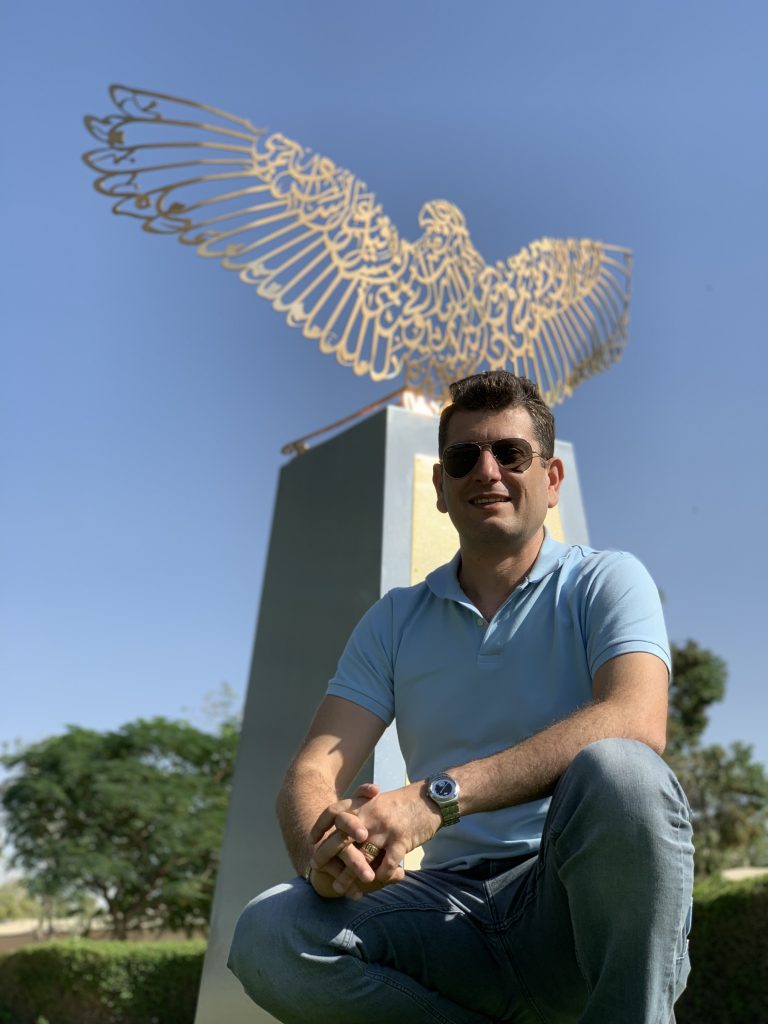
picture credit: Omar Safa
Which three people would you like to invite for dinner?
They are all much much older than myself. My calligraphy teacher and art critic Samir Al Sayegh, my printer and art lover Ali Chawraba, and my teacher and renowned artist Mohammad El Rawas.
The plethora of knowledge shared, never ceases to amaze me.
What was the last great meal you had?
Brunch at Zuma Dubai, and I say that with a lot of self-criticism and self-loathing. lol
What is your favorite city?
Barcelona, Reykjavík, Tokyo, New York – in that order. Hope to visit them again.
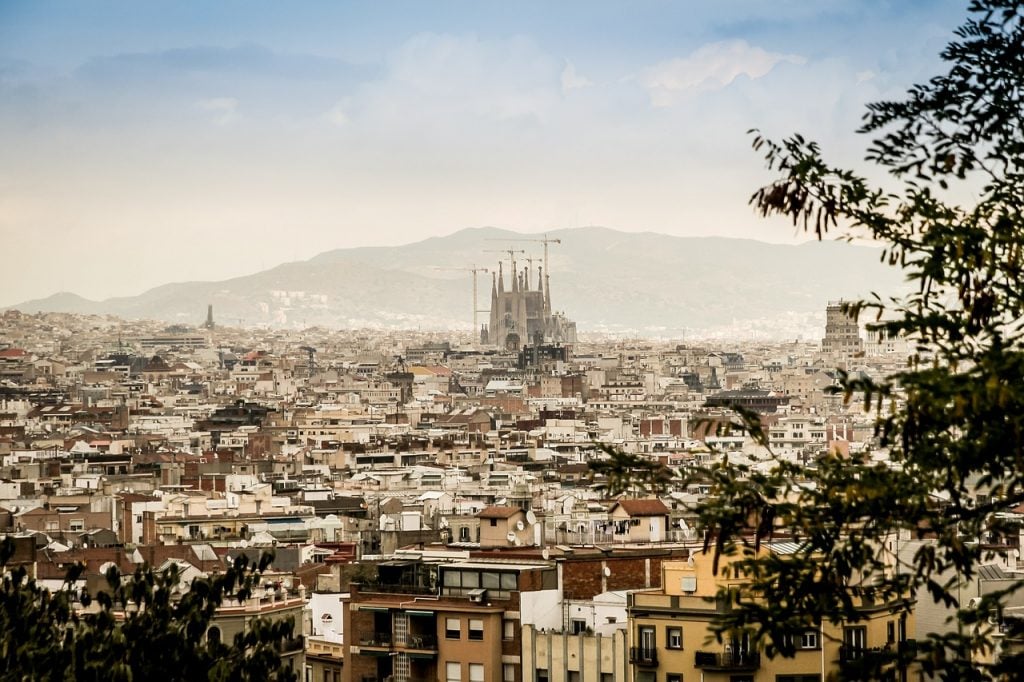
picture credit: pixabay (jarmoluk)
Which book would you give to a dear friend?
Why men don't listen and women can't read maps by Allan Pease. Great behavioral book that can bridge one of many gaps between the two species. Lol.
We are a participant in the Amazon Services LLC Associates Program, an affiliate advertising program designed to provide a means for us to earn fees by linking to Amazon.com and affiliated sites.
What is your all-time favorite movie?
Apocalypse now.
What music do you listen to?
Lately am back to Rai. Check out Atab (عتب) by cheb obeid (شاب عبد)!
When were you happiest?
When I met my soon to be wife and traveling with her.
What is your greatest fear?
Not having time to read. And forget what I have already read.
What is your life motto?
Travel. A little bit of Baz Luhrmann in wear sunscreen as well.
Wear Sunscreen
Advice, like youth, probably just wasted on the young”, commonly known by the title “Wear Sunscreen”, is an essay written as a hypothetical commencement speech by columnist Mary Schmich, originally published in June 1997 in the Chicago Tribune. The essay, giving various pieces of advice on how to live a happier life and avoid common frustrations, went viral.
The essay became the basis for a successful spoken word song released in 1999 by Baz Luhrmann who is an Australian film director: “Everybody's Free (To Wear Sunscreen)”, also known as “The Sunscreen Song”
Omar Safa, thank you for your time.
CALL FOR SUGGESTIONS: Who should we interview soon?
Do you know an interesting person who has a special relationship with the Arabic language? Then click yes below and tell us why we should interview this person!

















